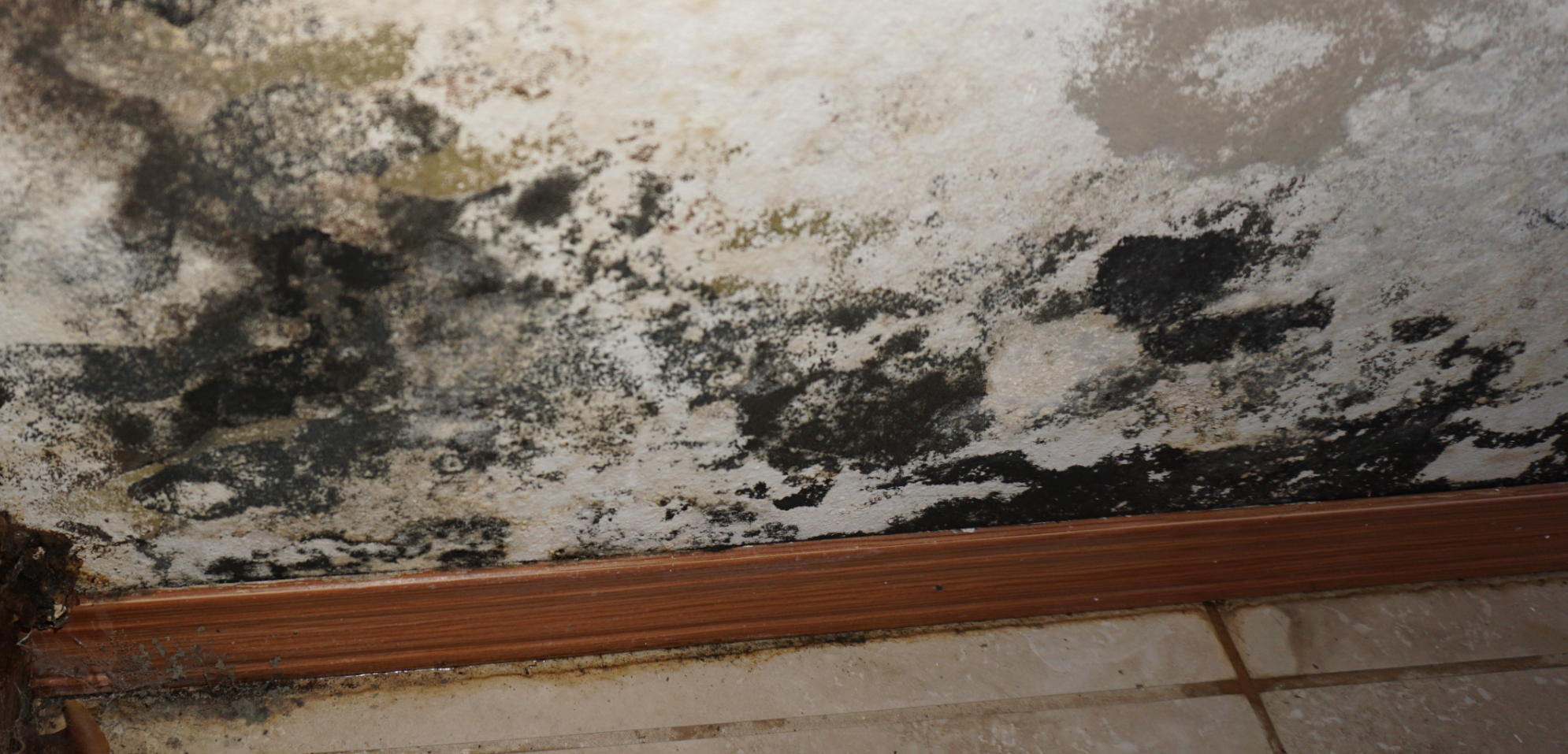
Air Quality | Mold | Meth | Radon | VOCs
WHAT ARE THE STANDARDS
The following governmental and industry organizations were asked if mold testing is necessary, and this is what they had to say.
 Occupational Health and Safety Administration, OSHA Your first step should be to inspect for any evidence of water damage and visible mold growth.
Occupational Health and Safety Administration, OSHA Your first step should be to inspect for any evidence of water damage and visible mold growth. Is air testing worthless? Some will say air testing is never needed nor recommended, but with years of testing for the State Board of Health, Government Agencies, and Large corporations the data speaks differently. Just last week a water-damaged water heater produced 23,000 spore count in the Laundry room. Without air testing our client would never know what spores are present nor where containment should end and if the completed job was successful at returning the home back to low levels.
PRV MOLD CLEARANCE INSPECTION
We occasionally get calls from clients who have been told by their remediation company NOT to have a post-remediation verification inspection done. The mold remediation companies typically say it is a waste of money. These unscrupulous companies don’t want anyone to review their work because in our experience even the best companies often miss things. THEY ALL DO! You can imagine what might be missed by companies who like to cut corners! In our experience, we found something that was missed in about 50% of all post-remediation verifications. This can range from small areas of missed growth or a slight elevation of airborne fungal levels to large issues like major moisture problems and mold-damaged materials remaining in place.
The key goal of a mold remediation project is to return the affected areas to a “pre-loss state” Category I. This can help avoid future issues from a problem you thought was already addressed. One of the most compelling reasons to have PRV testing done is to provide a “clearance letter”. This is a document you can share with the future purchaser of your home when disclosing the past mold problem. Having an independent evaluation determines that the project was successful and can put everyone’s mind at ease. For all these reasons, we strongly recommend having a post-remediation verification (PRV) assessment done.
